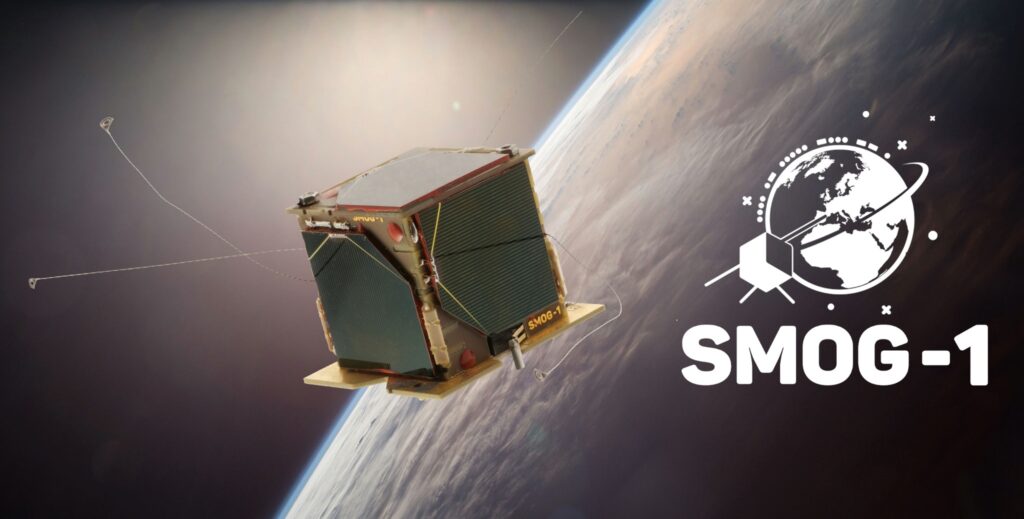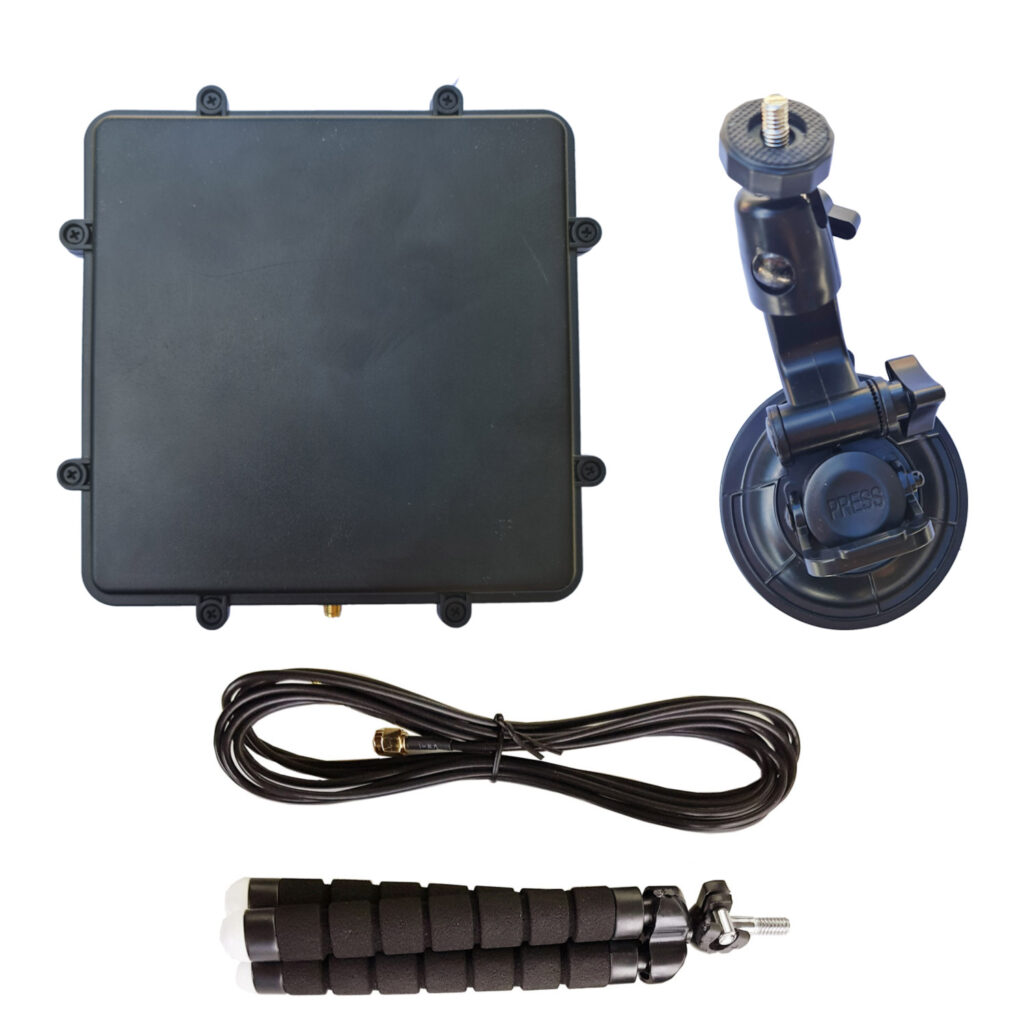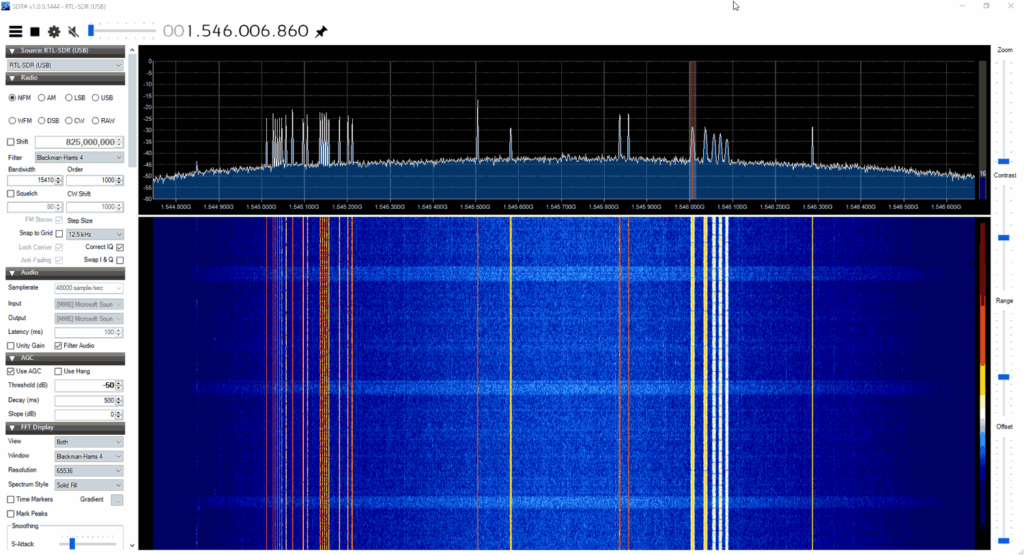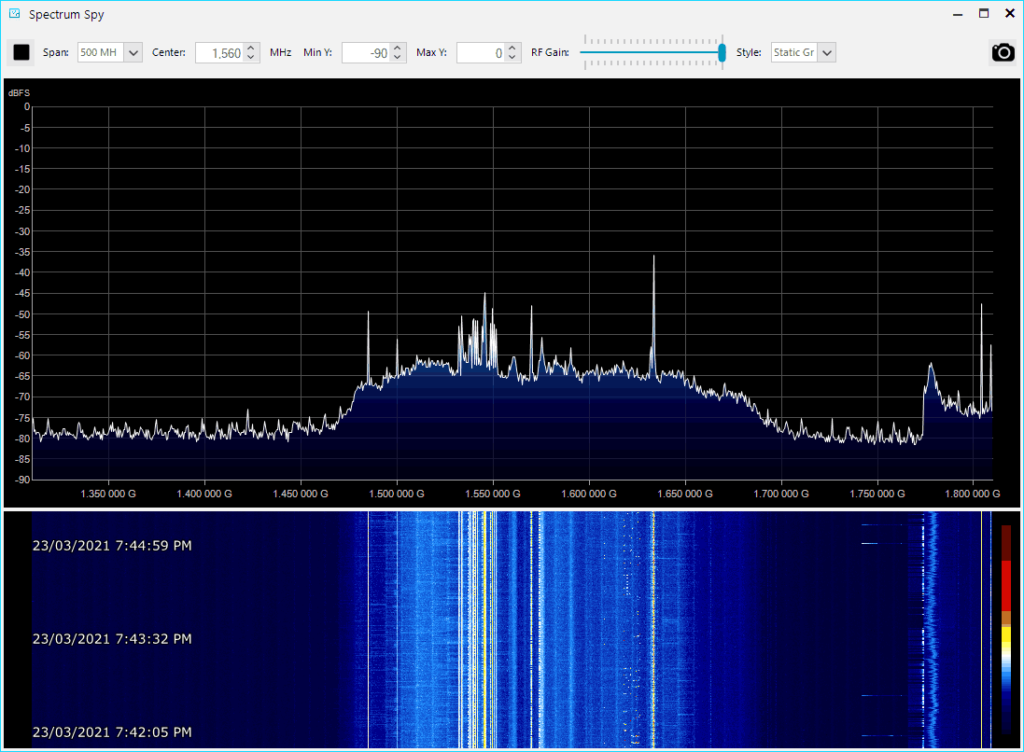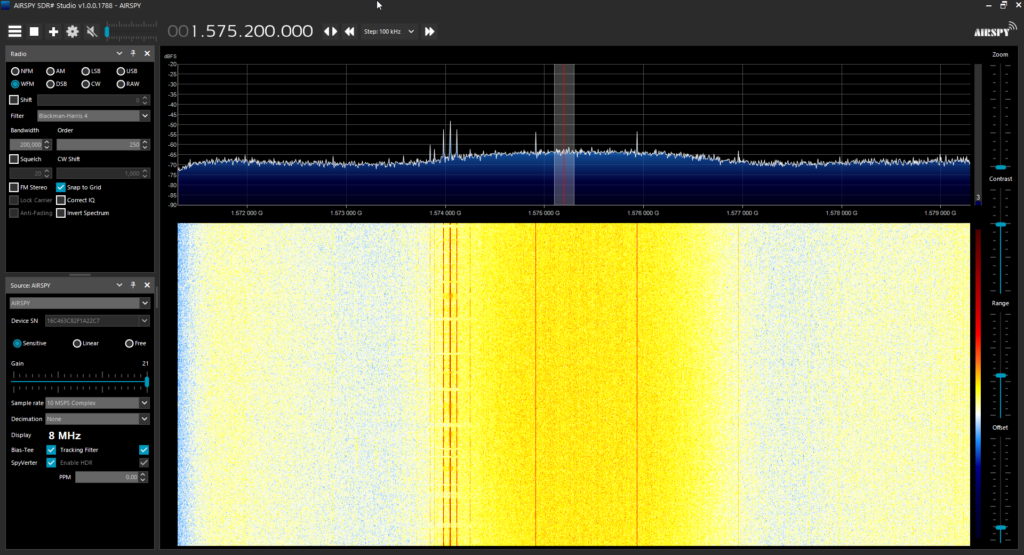Tech Minds: Using BaseStation Software with any ADSB Hardware + XRange2 Demonstration
BaseStation is an old ADS-B visualization program that was originally made to be used with BaseStation SBS receivers which were commonly used for ADS-B reception before the discovery of the RTL-SDR. Many old time ADS-B enthusiasts may already be set up with this software and would like to continue using it, however may have a dead SBS unit, or simply want to use a more modern receiver.
In his latest video Tech Minds demonstrates how you can use the ModeSMixer software to translate ADS-B data coming from an RTL-SDR compatible program like dump1090 into the BaseStation data format.
Tech Minds has also released an earlier video demonstrating the AirNav RadarBox XRange2. This appears to be essentially an ADS-B optimized RTL-SDR and Raspberry Pi in a plastic box, with custom SD Card set up and ready to go. At a price of US$299 it is quite an expensive premium to pay, but it may be of use to aviation enthusiasts who have poor technical computer skills that still want to set up a home aircraft tracking station.


